- Category
- War in Ukraine
Ukraine’s Drone Evolution, From Mavic Scouts to Long-Range Strike Weapons
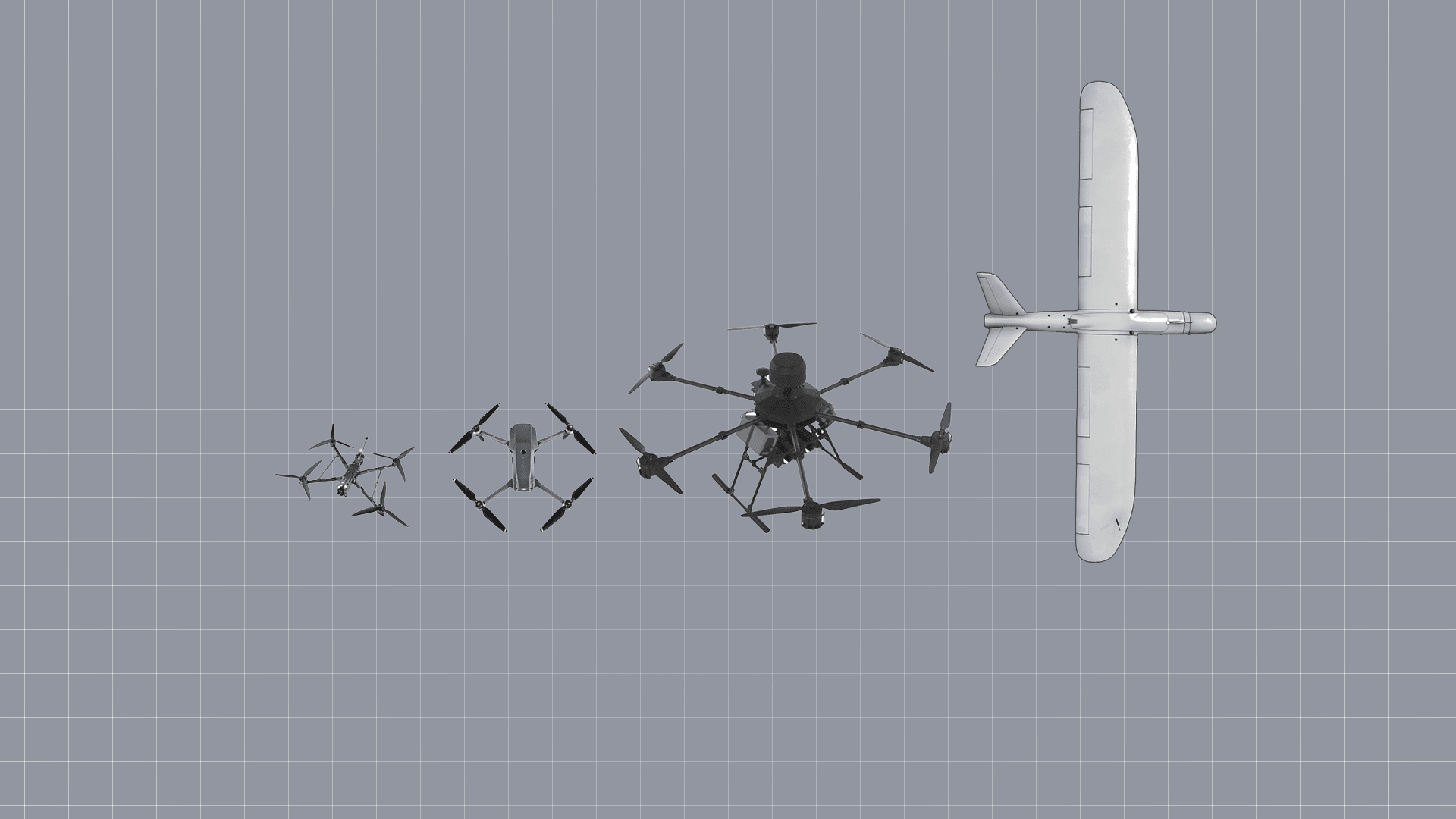
Over the past three years of war, Ukraine has achieved significant technological breakthroughs in drone development. UNITED24 Media looks back at the evolution of drone technology and its impact on the battlefield.
Drones have transformed the landscape of modern warfare. Attack drones, particularly FPV drones and long-range strike UAVs like the Bober , are now mass-produced, capable of hitting targets over one thousand kilometers away with Ukraine announcing on Sunday that it now has the capability to strike targets 1,700 km inside of Russia. Ukraine’s latest drone has also just been announced that can carry out high-precision strikes on key Russian targets, including armored vehicles, air defense systems, and electronic warfare units called the Bulava drone.
Drone innovation is advancing at an unprecedented rate. At the start of the full-scale invasion, only 5,000 drones were produced annually. Over the past two years, that number has surged to two million per year. This year, Ukraine is on track to produce up to four million drones.
Reconnaissance UAVs, like the Leleka-100, have become indispensable for artillery targeting, significantly increasing strike accuracy as drones replace classical artillery. New technology, like the incorporation of fiber-optic cables and AI, is outsmarting even the most advanced Russian air defense systems. Drones are not just advancing modern warfare; they are modern warfare.
But it’s not only in the sky—unique sea drones such as the MAGURA V5 and Sea Baby have altered the balance of power in the Black Sea, successfully destroying Russian ships and disrupting enemy logistics. Against all odds, Ukraine has used unmanned vehicles by air, land, and sea to meet and defeat Russia on the battlefield.
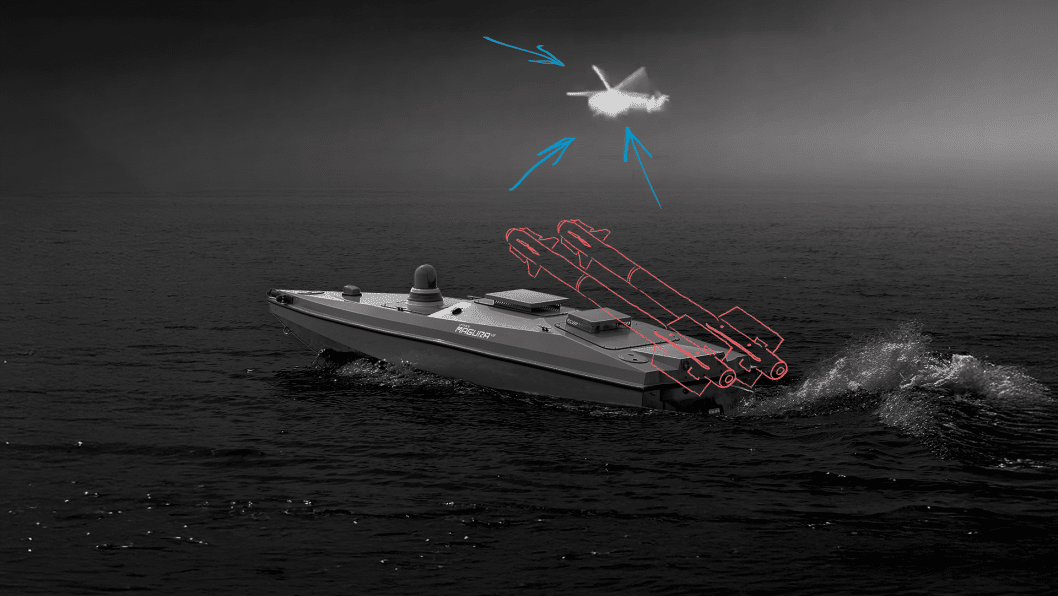
Many of these drones are made domestically within Ukraine but it is also actively acquiring Western drones (e.g., Bayraktar, Switchblade). The development of autonomous drone swarms operating in synchronized attacks marks a promising frontier in warfare. To better understand where drone technology is headed, we take a look back at some of the most important drone innovations and trends of the past three years:
“Quadcopter”

The original “OG” drone—the Mavic drone. The quadcopter first hit the market in 2016 as a consumer drone. Because of its low cost it quickly became an integral part of Ukraine’s defenses as Russia launched its full-scale invasion. Mavic drones are equipped with high-quality cameras and were therefore used for reconnaisance and surveillance.
FPV drones
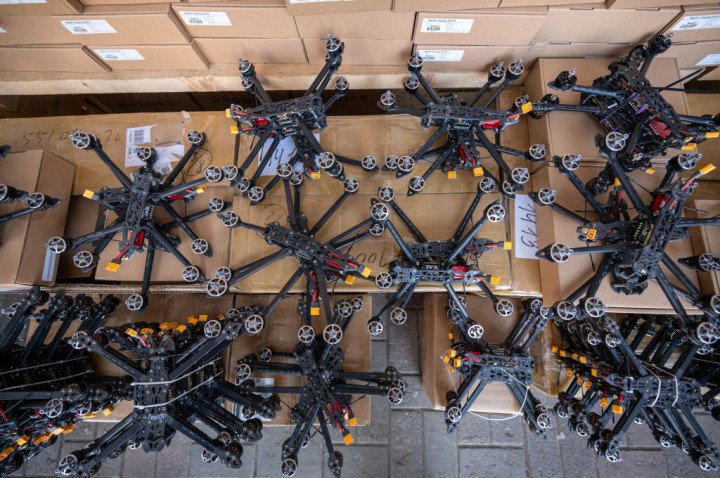
It soon became evident that drones could do more than just surveillance, though, and so came the FPV (First-Person View) drone. Compared to the Mavic drone, an FPV drone is faster and more maneuverable. Both drones are fairly low-cost, anywhere from $200 to $700.
By 2023, FPV drones had virtually taken over Ukraine—volunteers built 7” and 10” drones at their kitchen tables and workshops emerged all around the country assembling hundreds each day. Civilian-made drones were then sent by mail to the army where they would be turned from flying toys to flying lethal weapons. An integral tool in this process became 3D printers, which fabricated canisters that would be filled with explosives. Other mechanisms were made to drop explosives from FPVs. Even today, drone engineers continue to create new and inventive ways to use these drones.
FPV drones typically come in 7” or 12” base configurations.
Bayraktar drone
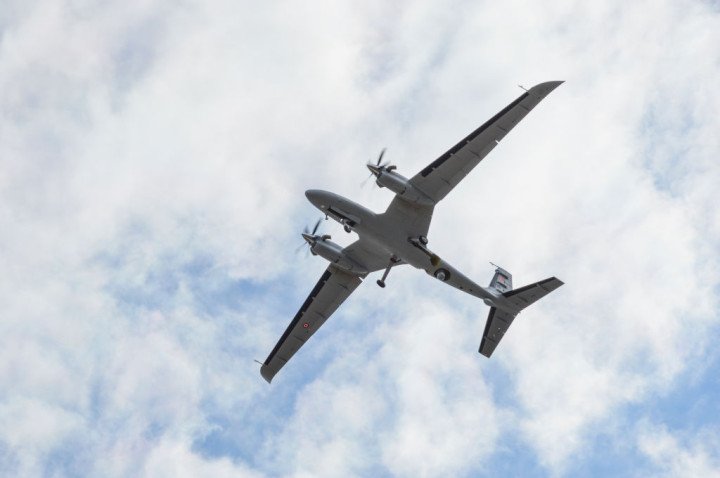
Another key drone in the early days of the war was the Bayraktar drone. The Bayraktar drone has been a crucial weapon for Ukraine, used for reconnaissance and precision strikes against Russian forces. It gained fame early in the war by targeting armored convoys, air defense systems, and supply lines, disrupting Russian advances. As time went on though, the Bayraktar drone was too slow for evolving air defenses. Compared to other drones, it is a large target that does not move fast. Still, the Turkish manufacturer of the drone has announced that it will open a Bayraktar factory in Ukraine by 2025.
Reconnaissance UAV Leleka
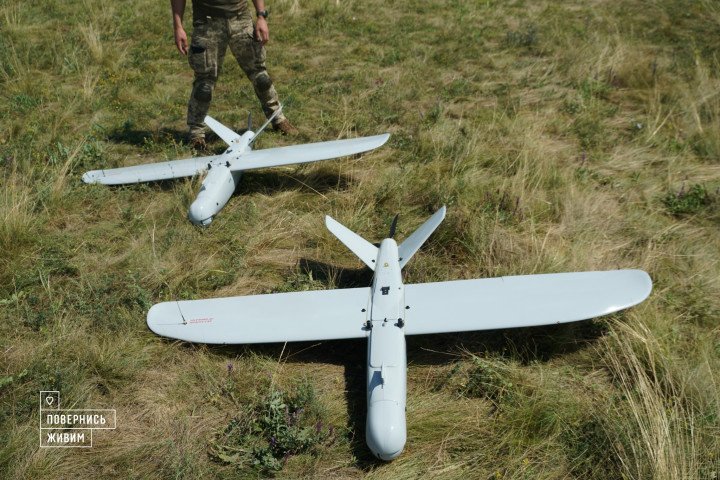
With the rise in the use of drones also came drone jamming technology. To evade jamming, the Ukrainian military worked to design a more sophisticated reconnaissance drone and so came the Leleka drone. It features broad wings and a V-tail configuration and is constructed from Kevlar, glass, and carbon fiber for durability and lightweight efficiency. The Leleka R, the most advanced version of the Leleka drone includes multiple communication channels with encryption, anti-jamming systems, and improved payload capacities. The Leleka drone could fly faster, longer, and more covertly than the Mavic drones.
Bober, the long-range UAV
Likewise, a more sophisticated attack drone also was required. Ukraine needed to be able to strike military targets deeper into the Russian territory than the range offered by FPV drones. As Russia introduced Iranian-made Shahed drones, Ukraine sought to create its own long-range suicide drone. By May 2023, the Bober drone was not only made- but operational. The drone itself is a long-range loitering munition (suicide drone) developed by Ukraine for deep strikes against enemy infrastructure and military targets.

“Mother” drones
Though the Bober drone allowed Ukraine to strike further, the price tag was prohibitive for everyday battle use. Still, frontline soldiers needed more range, not only to strike Russian targets but also to protect drone operators who were coming under increased threat. To combat this, engineers thought up the concept of a “mother drone.” The rationale is simple, the “mother” carries the “baby” drones 5-10 miles and then releases them. The “baby” drones can then fly an additional 5-10 miles further depending on their payload. Currently in use are mother drones capable of carrying up to six First-Person View (FPV) drones beneath their wings.
Ground drones
As aerial drones took over the skies, it soon became clear that unmanned vehicles could also be used on land. Ground drones have emerged as a critical innovation in warfare, with Ukrainian manufacturers leading development. Unmanned Ground Vehicles like the Shablya M2, Lyut, MOROZ, D-11, ARK-1, and PD15 FOXY are just a few of Ukraine’s latest autonomous fighting robots. These unmanned ground vehicles (UGVs) serve both combat and logistical roles, from the dispersal of mines to medical evacuations and even the resupply of ammunition and food to frontline soldiers. Instead of risking human lives in transport, ground drones help carry the load.
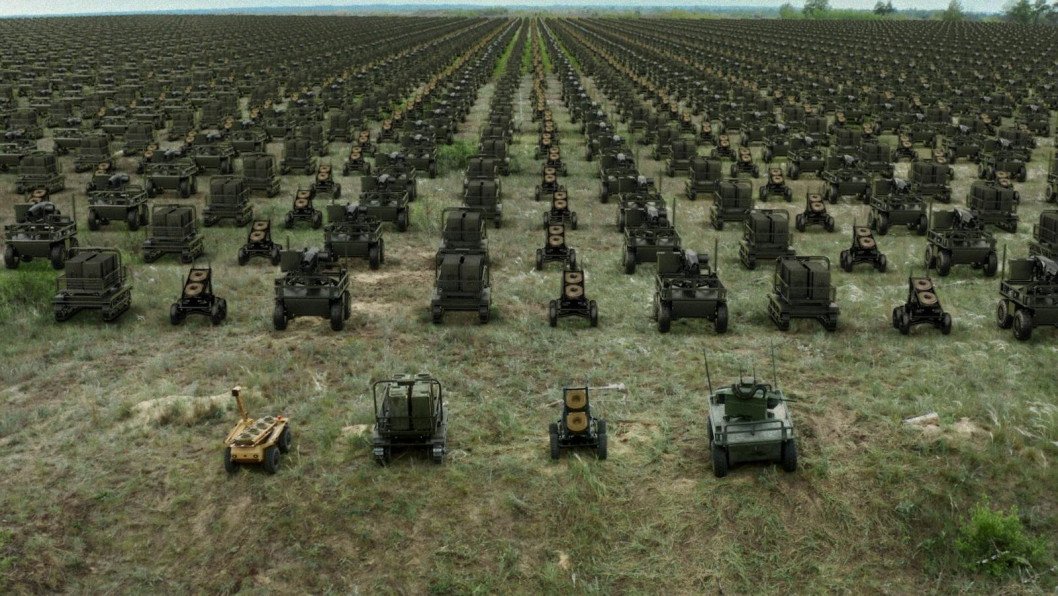
Ratel S
A Ukrainian-developed UGV designed for combat scenarios. This small, fast-wheeled robot can carry an anti-tank mine or bomb to target enemy fortifications or vehicles up to 6 km away. It can also transport up to 100 kg of ammunition to frontline positions.
Ironclad
Developed by the Ukrainian company Roboneers, Ironclad is a ground combat drone equipped with a thermal imaging camera and a combat turret. It can perform reconnaissance, assault enemy positions, and handle logistics missions, carrying up to 350 kg of payload.
TerMIT
The TerMIT (Tracked Modular Infantry Transporter) is a Ukrainian UGV designed to support infantry units. Weighing approximately 300 kg, it can carry up to 400 kg of payload, sometimes even pulling half a ton, and is powered by dual 2 kW motors. Its simple yet efficient design allows for quick battery swaps. The TerMIT has been adapted for various combat roles and has the capacity to enable remote-controlled firepower from safe positions.
Zmyi-500
The Zmyi-500 (translated as "Snake-500“) is another Ukrainian-developed UGV. Larger than the TerMIT, it weighs around 700 kg, with a range of over 40 kilometers and a carrying capacity of 400-500 kg. Its solid metal wheels and reinforced structure make it suitable for rugged frontline conditions. Units like the 3rd Separate Assault Brigade have been training with the Zmyi-500 to understand its operational advantages and applications.
Both drones are built for rugged frontline conditions, enhancing the operational capabilities of Ukrainian forces in various combat scenarios. For a visual demonstration of these ground drones in action, you can watch the following UNITED24 Media video report:
Sea drones
If drones can be used in the sky and on the ground, they can also be used underwater. Though Ukraine does not have a large naval presence, it has used sea drone technology to make up for it. Using sea drones Ukraine has virtually wiped out Russia’s Black Sea Fleet, showcasing the effectiveness of this new technology. The ways of old—multi-million dollar naval ships—are quickly becoming a thing of the past.
Magura V5
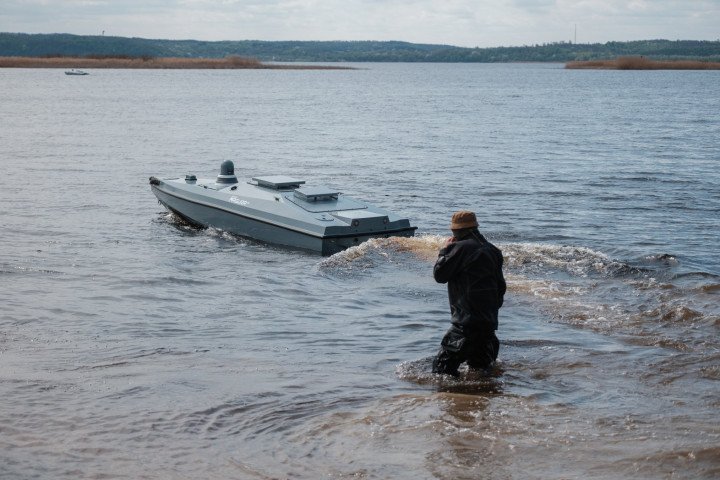
The MAGURA V5 is a multi-purpose USV (Unmanned Surface Vehicle) designed for various missions, including surveillance, reconnaissance, patrolling, search and rescue, mine countermeasures, maritime security, and combat operations. Developed for the HUR, it has been operational since 2023.
The drone is responsible for the sinking of Russia’s Black Sea Fleet, including the Tarantul-III class missile corvette Ivanovets and the large landing ship Tsezar Kunikov. In a significant development, a MAGURA V5 drone was adapted to fire R-73 air-to-air missiles, successfully shooting down a Russian Mil Mi-8 helicopter near Cape Tarkhankut in Crimea on December 31, 2024.
Sea Baby
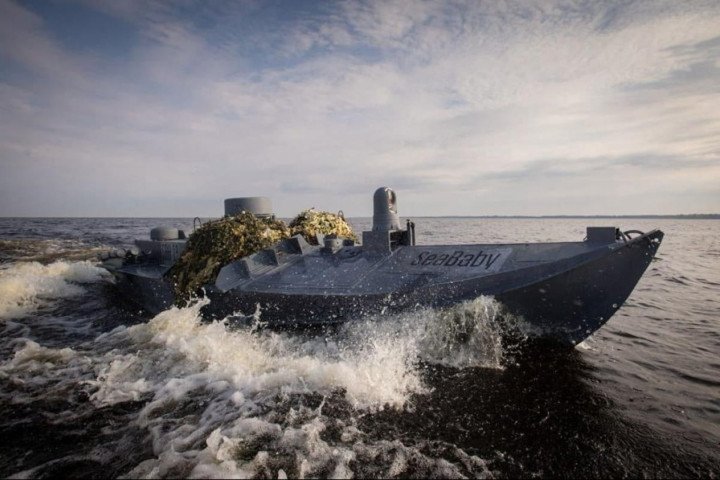
The Sea Baby is another Ukrainian-developed USV designed for versatility. It can carry substantial explosive payloads for suicide missions or be equipped with various weapon systems for specialized tasks.
The Sea Baby has been instrumental in several high-profile operations. On July 17, 2023, it was used in an attack on the Crimean Bridge that caused significant damage. Also, on September 14, 2023, a Sea Baby drone reportedly struck the Russian corvette Samum. More recently, in December 2024, modified Sea Baby drones equipped with large-caliber machine guns engaged Russian helicopters near Kerch Bay, successfully repelling the aerial threat.
Over three years of war, Ukraine has leveraged drone technology to reshape modern combat. From FPV drones and reconnaissance UAVs to autonomous swarms, ground drones, and naval drones, these innovations have played a crucial role in countering Russian aggression. With continued advancements, Ukraine’s drone capabilities will remain at the forefront of modern warfare.
While it is hard to find any silver lining in war, technology seems to be the prevailing exception. The end of World War II saw the birth of consumer air travel in a way that did not exist prior. The birth of drones may well prove the same. Already in American cities, ground drones, or rather “robots,” deliver food and Amazon packages. The rapid evolution of drones over three years offers an exciting glimpse into what the future may hold.
-fca37bf6b0e73483220d55f0816978cf.jpeg)
-c42261175cd1ec4a358bec039722d44f.jpg)
-46f6afa2f66d31ff3df8ea1a8f5524ec.jpg)
-6359eca46c72bde40a90abaaadd6eaa8.png)
-29a1a43aba23f9bb779a1ac8b98d2121.jpeg)
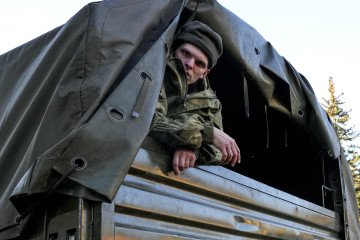
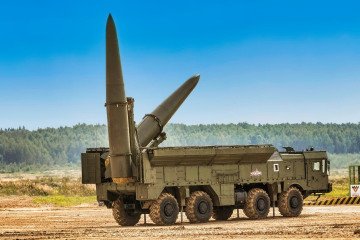
-206008aed5f329e86c52788e3e423f23.jpg)